Students choice of selecting a university abroad depends heavily on the employability opportunities. Every year “The Times Higher Education” releases ranking list for universities around the world. The ranking is based on 13 performance indicators which measure the institution’s performance across teaching, research, knowledge transfer and international outlook.
The list is prepared after compiling answers of several recruiters, chief executives and business managers from top companies in 20 countries.
Let us have a look at the list “Top 10 Universities in Malaysia for Higher Education for the year 2020”
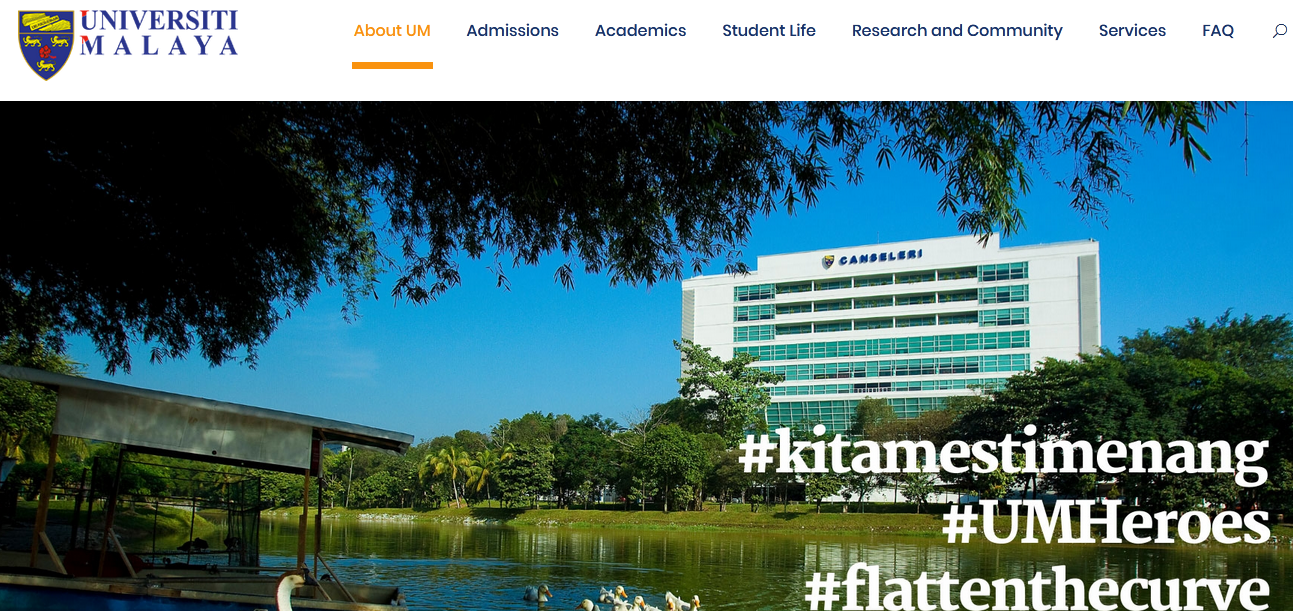
The University of Malaya, a public research university in Kuala Lumpur, is Malaysia’s oldest university, founded in 1905.
Originally known as the King Edward VII College of Medicine, it was created to solve a shortage of medical assistants in Singapore and Penang during the late 1890s. It was then housed in the old asylum near the Singapore General Hospital.
In 1949 the university merged with Raffles College, a school established in 1929 by the English for Malayans to study arts and social sciences, to become the University of Malaya, derived from the country’s name at the time.
In 1960, the government decided that, due to its rapid growth, the university would be divided into two national universities, one in Singapore (now an autonomous separate university known as the National University of Singapore), and the other in Kuala Lumpur (established as its own institution in 1962, still retaining its name as the University of Malaya).
The university’s Coat of Arms shows the leaves of the Palmyra palm, which were used as printing material for ancient Malay books. Across these is written the university’s motto, ‘Ilmu Puncha Kemajuan’, a mixture of words from Arabi, Sanskrit and Malay, which means “knowledge is the source of progress”. In the centre are three Malayan tigers, symbolising the three main races in Malaysia: Malays, Chinese and Indians.
Today the campus is located 12km from the centre of Kuala Lumpur, on 920 acres, which include an Olympic sized swimming pool and a lake with kayaking. It has been granted self-accreditation since 2009, and has more than 60 research centres with six research clusters.
Notable alumni include two prime ministers of Malaysia, as well as many politicians and other prominent figures from Malaysia and abroad.
Universiti Tunku Abdul Rahman (UTAR)
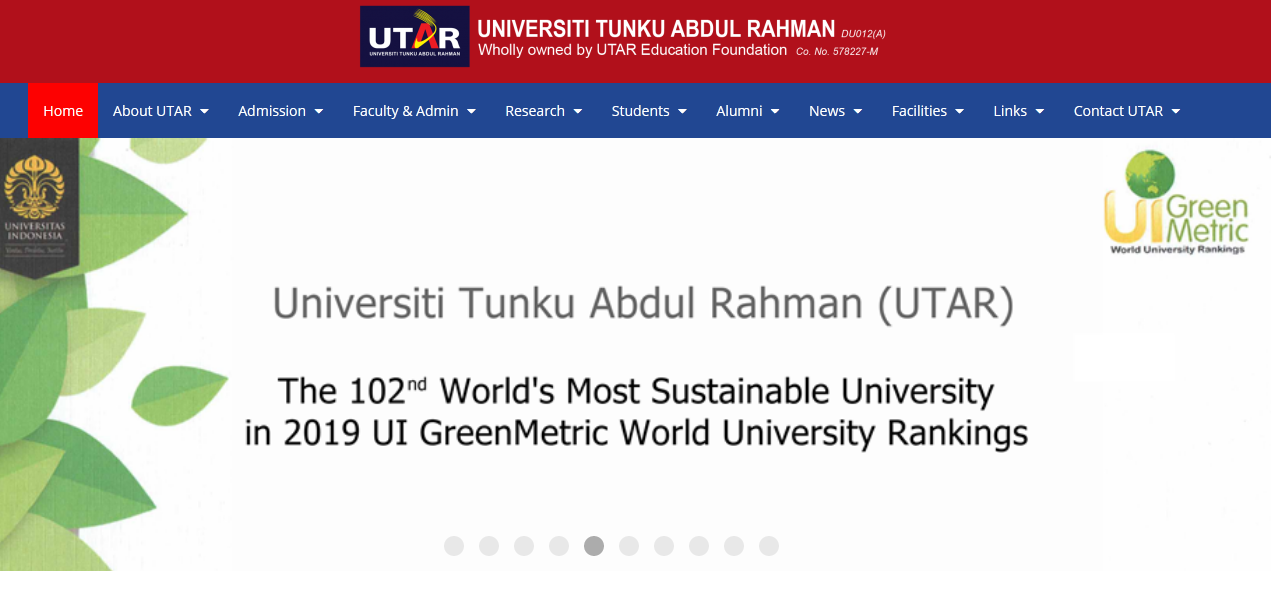
Universiti Tunku Abdul Rahman (UTAR) is one of the leading progressive private universities in Malaysia. The University was established in 2002 as a not-for-profit private university and is wholly-owned by the UTAR Education Foundation.
With the first intake of only 411 students in one campus in 2002, the university now has more than a total of 24,000 students in 2 campuses.
UTAR has graduated over 56,000 students since its inaugural convocation in 2005 and has made impressive strides in establishing a strong reputation as a comprehensive University with dedication to achieving excellence in teaching and research. The University was awarded self-accreditation status by the Ministry of Higher Education in 2017, an indication of UTAR’s quality and efficient administration of its programmes and operations.
The University currently offers more than 110 academic programmes in its nine faculties, four centres and three institutes. The programmes offered are from Foundation to Bachelor’s, Master’s, and PhD degrees. Its diverse range of quality and industry-focused programmes are all approved by the Ministry of Higher Education (MOHE). UTAR’s programmes have also received accreditation from more than 20 international and Malaysian professional bodies.
The University is committed to promoting research and scholastic developments in diverse fields through its Research, Development and Commercialisation (RDC) initiatives, its 32 research centres and the UTAR Global Research Network. The UTAR Undergraduate Research Scheme (URS) was initiated to allow undergraduates undergo a structured programme to train them in various aspects of research project implementation.
To date, the University has established formal collaborations with over 330 educational institutions and industry corporations, both local and overseas, to facilitate international exchanges, research and training.
Universiti Kebangsaan Malaysia
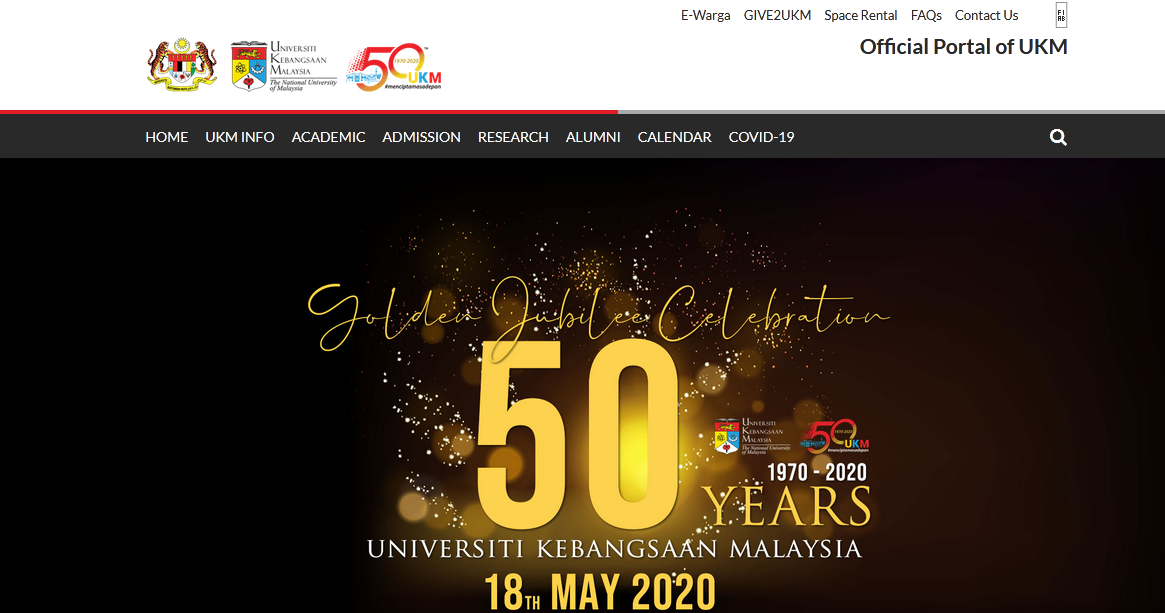
Universiti Kebangsaan Malaysia (UKM) – otherwise known as the National University of Malaysia –has bases in Bangi, Cheras and Kuala Lumpur, and was established in 1970. It was appointed as one of four research universities in Malaysia in 2006 due to its background in quality research.
UKM was initially born from the aspirations of the nationalists to uphold the Malay language as a language of knowledge.
Today, UKM has a variety of faculties, alongside an established private limited holding company known as UKM Holdings, which handles all commercial activity associated with the university. UKM’s Tun Seri Lanang Library is one of the biggest university libraries in Malaysia with a collection of over 2 million books, journals, e-books, and e-journals.
Key areas of focus for the university are energy related, which include earth sciences and biotechnology. Research from the university has helped propel various Malaysian industries, within engineering, architecture and food science.
UKM attracts students by offering a vast number of postgraduate programmes, and as a public university, studying at UKM is subsidised by the government.
UKM won the Prime Minister’s Quality Award in 2006, which demonstrates the university’s efforts at providing quality education and management.
Since 2010, Oxford University Innovation has been working with UKM through an established partnership arrangement to assist with commercialisation structures and processes, while also providing direct support to staff. As a result, Oxford University has made several successful licensing deals within the Malaysian industry.
Notable alumni include the country’s first astronaut, Sheikh Muszaphar Shukor, the former deputy prime minister, Datuk Razali Ibrahim and singer Jess Lee.
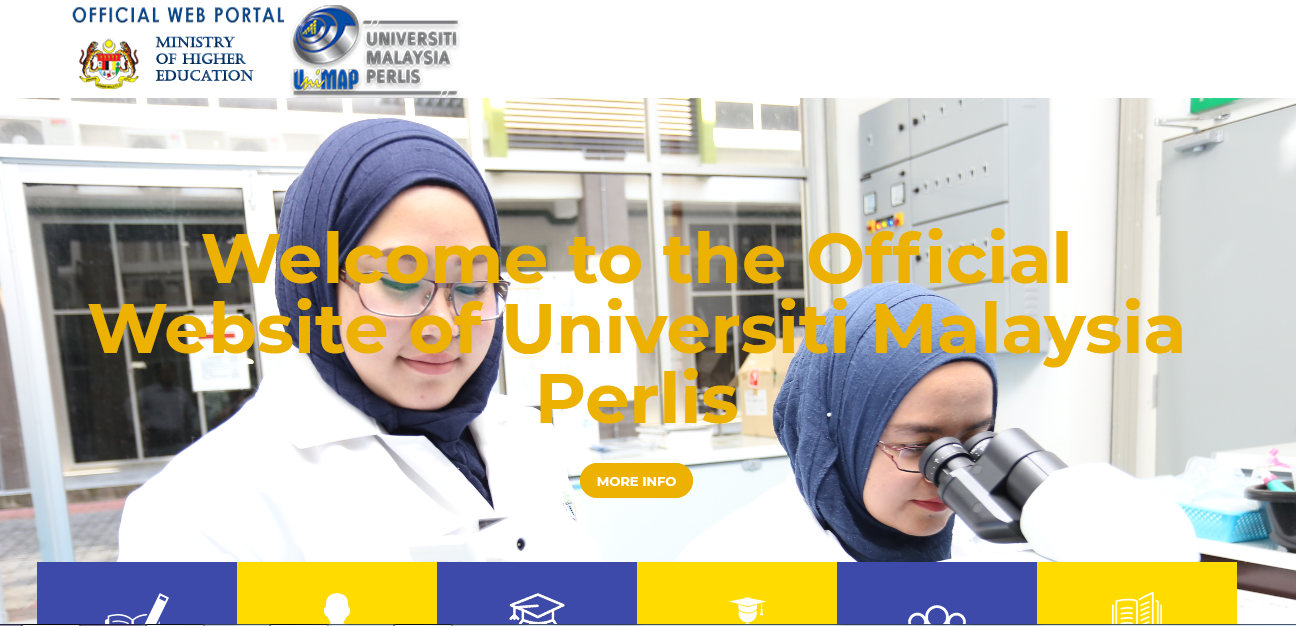
Universiti Malaysia Perlis (UniMAP), previously known as Northern Malaysia University College of Engineering, is a public university in Perlis, in the north of Peninsular Malaysia.
Founded in 2001 as the 17th public institution of higher learning in Malaysia, the university began by offering just two programmes to 119 students.
UniMAP now has around 14,000 students over six diploma programmes, 37 bachelor’s degree programmes, 20 master’s degree programmes and 12 doctoral programmes. These are focussed in five distinct engineering areas, namely electrical, electronic, chemical, mechanical and civil.
A practically oriented or lab-intensive approach is taken to learning, especially for the engineering technology programmes.
The campus is distributed across 30 locations in the state of Perlis, with the three main permanent locations.
Kampus Kota Kangar houses the schools of environmental engineering, bioprocess engineering, business innovation and technopreneurship, and the school of human development and techno-communication.
The Kampus Alam UniMAP Paul Putra covers 1,500 acres and houses the schools of manufacturing engineering, mechatronic engineering, microelectric engineering, computer and communication engineering and electrical systems engineering. This campus also houses the Engineering Centre, Centre for Industrial and Governmental Collaboration, Institute for Engineering Mathematic, residential colleges, a go-kart circuit and the Syed Sirajuddin Areeb Putra Sports Complex.
The Kampus Hijau UniMAP Sungai Chuchuh covers 300 acres and houses the faculty of engineering technology, a residential college and the institute of sustainable agrotechnology, which runs nine greenhouses, including two dedicated to mango research.
The university is partnered with other institutions, including the Universiti Tun Hussein Onn Malaysia, the Universiti Teknikai Malaysia Melaka and the Universiti Malaysia Pahang.
Universiti Putra Malaysia
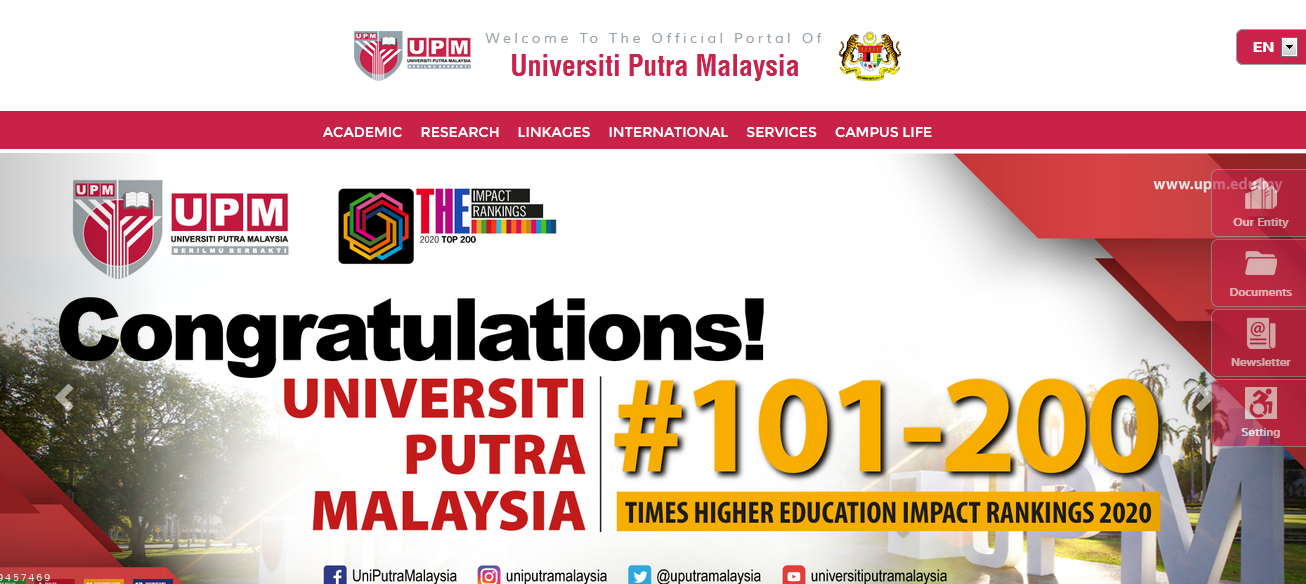
Universiti Putra Malaysia (UPM) has roots dating back to 1931 when it was first established as the School of Agriculture. Despite a series of name changes over the years, it has maintained a focus on agriculture while also becoming a prominent research university.
Today, UPM is made up of 16 faculties, 16 centres, nine institutes, one school, and one academy. Within each faculty are a number of individual departments, spread across two campuses. The main campus, covering over 1,000 hectares of land, is situated in the town of Serdang with a branch campus, set within 700 hectares, is located in Bintulu, a coastal town in Borneo.
In total, around 24,000 students attend UPM including approximately 4,500 international students. Just over half of the student body is made up of undergraduates, with around 10,000 studying at postgraduate level. Each year, UPM accepts around 1,300 inbound exchange students, sending about the same to study overseas.
Campus life at UPM is extensive and there is much more to life at the university beyond the lecture theatre. There are 17 colleges for accommodation, a range of associations and clubs, including many arts and cultural clubs.
In terms of sport facilities, there is a gym, sports hall, outdoor swimming pool, a football pitch with under soil drainage, a multi-purpose Astroturf pitch, tennis courts, a floodlit athletics park, a football stadium and an 18-hole golf course.
Through the Memorandum of Understanding and Memorandum of Agreement, UPM has a number of partnerships with universities around the globe. These links cover mobility programmes, staff and student exchanges, research collaborations, commercialised activities and technology transfer.
A number of joint degree programmes are offered in collaboration with other universities and UPM awards some PhDs in conjunction with the UK’s universities of Sheffield and Nottingham.
UPM’s motto is: ‘with knowledge we serve.’
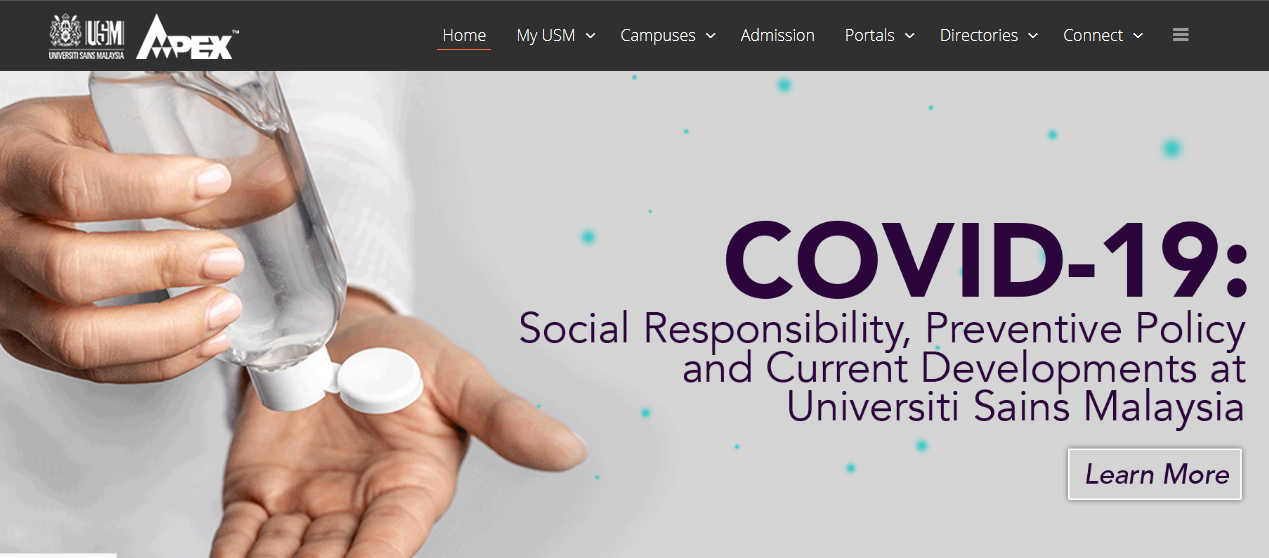
Founded in 1969, the Universiti Sains Malaysia (USM) – the second university to be established in the country – is one of Malaysia’s leading science universities. With a total of 30,000 undergraduate and postgraduate students, it is also one of the country’s largest.
Courses at USM are offered in a number of scientific disciplines, including natural sciences, medical sciences, and building sciences and technology, along with courses in arts, humanities and education.
Alongside the university’s three academic campuses, it also has 17 research centres dedicated to a range of specialisations, including archaeology, policy research and international studies.
USM rejects the traditional university faculty system, opting instead for a ‘school’ system supported by a large array of extracurricular activities, which they believe offers students a more interdisciplinary and well-rounded experience, producing graduates that are multi-skilled.
The university also advocates accessible education for all and, in 1971, introduced a School of Distance Learning for those in full time employment, offering bachelor programmes in Arts, Science, Social Science and Management.
Other programmes aimed at widening participation include its ‘Bottom 40% Households’ initiative which supports economically disadvantaged students to access higher education.
Student wellbeing is central to the university’s policies, and services provided for students include counselling and motivational guidance. Most of USM’s students opt to stay in the university’s student village, which provides halls of residence, or ‘hostels’ as they are commonly referred to in Malaysia, as well as a cultural hall and sports facilities with an Olympic-sized swimming pool.
Other university facilities include a museum, a fine art gallery, a bookshop and a number of pavilions.
USM’s main campus is located on Penang Island with another two branch campuses in Kelantan and Nibong Tebal.
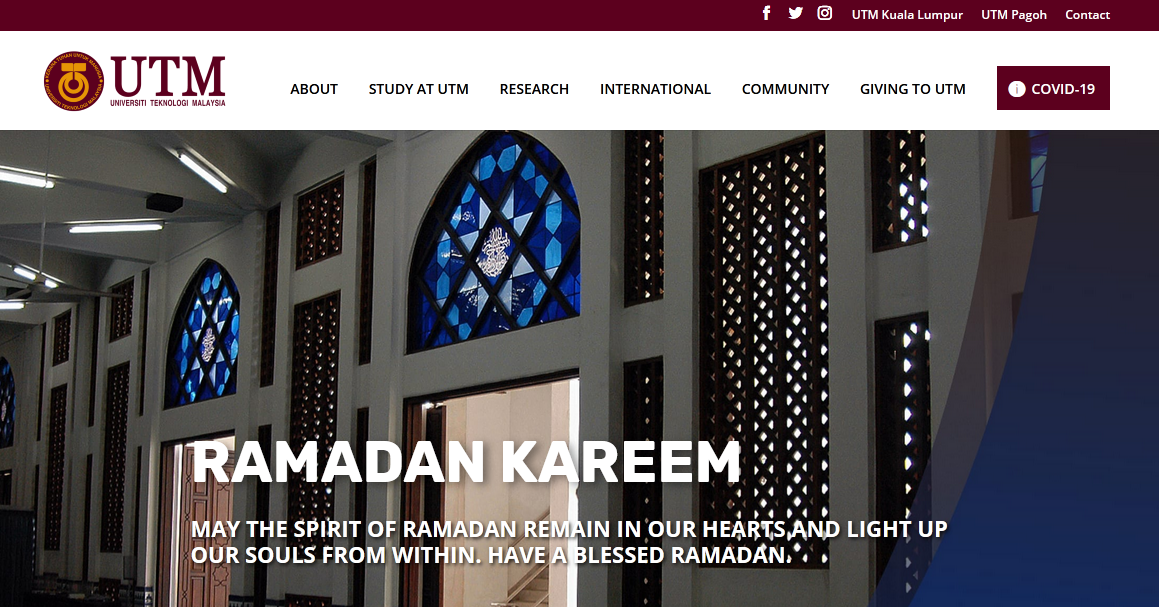
Universiti Teknologi Malaysia is a public research university with a focus on engineering, science and technology.
It offers courses in subjects ranging from architecture and accounting, to electrical engineering and Islamic studies.
About 2,600 academic staff teach an 18,000-strong student body, of whom about 2,500 come from overseas.
UTM’s history stretches back to 1904 with the opening of a technical school that later became a college, then an institute, before becoming a university in the 1970s.
The institution has two campuses, one in the centre of the country’s capital, Kuala Lumpur, and the other in the city of Johor Bahru, the state capital of Johor state, which is at the southern tip of peninsular Malaysia. The latter location is UTM’s main campus and there are 10 residential colleges at this site.
Sports facilities at UTM include a soccer stadium, which was opened in 2011 and can seat almost 40,000 people, an Olympic-sized swimming pool, and kayaking and horse-riding centres.
The motto of Universiti Teknologi Malaysia is “in the name of god for mankind” and its maroon and gold emblem is made up of an open book, symbolising the Koran; a round-bottomed flask, a symbol of science; a crescent, the symbol of Islam, and a golden circle, symbolising the universe.
UTM’s core values are: committed, communicative, creative, consistent and competent. It also has an official song, “Keunggulan Terbilang”.
The state of Johor, known for its beaches and rainforests, has a causeway connecting it with the city state of Singapore, while Kuala Lumpur boasts the Petronas Twin Towers, the National Mosque of Malaysia, and the Batu Caves.
Well-known alumni include the Malaysian politicians Wee Ka Siong and Sim Tze Tzin.

The Universiti Teknologi Petronas is a private institution set up in 1997 at the behest of the Malaysian Government.
The university is based mainly on a large campus in the town of Seri Iskandar, located in western Malaysia. The campus is largely self-sufficient, with substantial modern accommodation available for students, as well as sports and recreational facilities, plus a number of student-run societies.Aside from this, the university also plays host to a number of teaching and research labs, as well as a dedicated health centre for students.
The town in which the university is situated, Seri Iskandar, is a university town and as such has developed to provide extensive recreational and retail activities for university students.
In terms of academic disciplines, the university has generally had its primary focus on scientific areas such as engineering and bioscience, but in more recent years has introduced some humanities-based courses in order to better balance its curriculum (although scientific endeavours still take precedent).
The university’s courses are arranged into 3 separate faculties for undergraduate study, and a number of scientific-based postgraduate degrees are also available. As well as this, Universiti Teknologi Petronas also attempts to link students with internships to aid their transition into industry, as well as investing in research itself.
Universiti Tenaga Nasional (UNITEN)
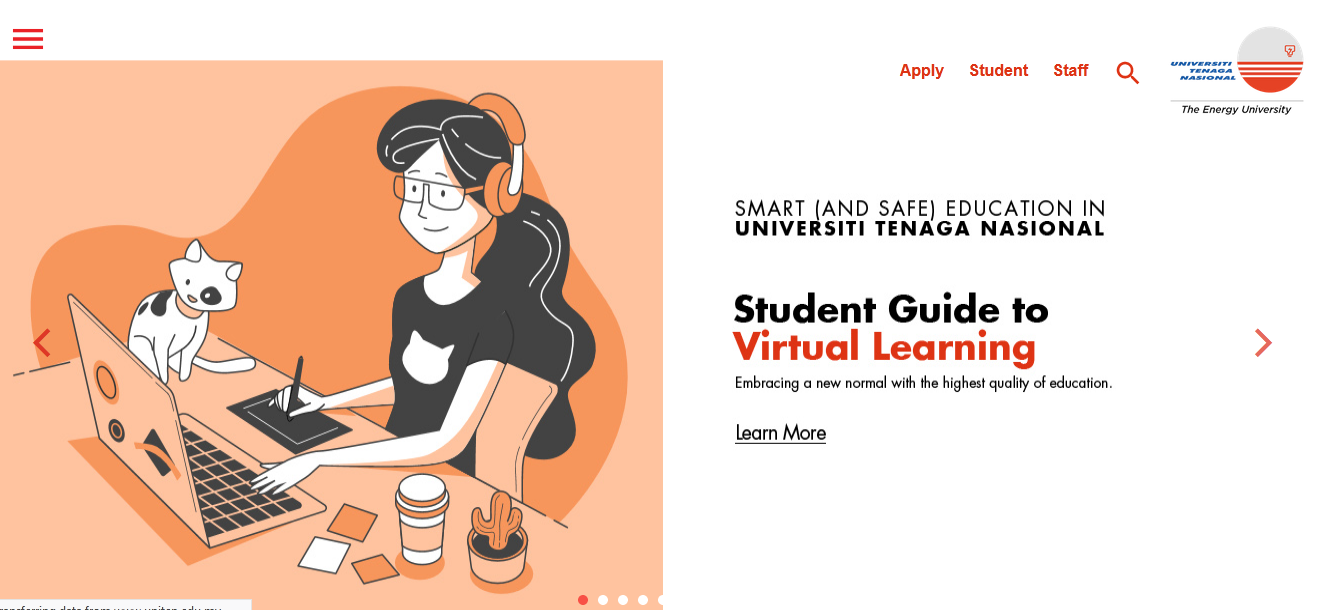
The Universiti Tenaga Nasional (UNITEN) is a private university located in Malaysia, 25 miles south of Kuala Lumpur. It was established in 1976 and owned by a utility company in South East-Asia, Tenaga Nasional Berhad (TNB).
Having been called the Institut Latihan Sultan Ahmad Shah (ILSAS), in 1997 the centre became an institute of higher learning and was renamed UNITEN.
Certified by the Malaysian Qualifications Agency (MQA), an ever-increasing number of university programmes include those relating to engineering, information technology and business management. UNITEN also boats of 24 research centres and has a vision to become a leading university in global energy.
The university has two campuses, Putrajaya Campus and Sultan Haji Ahmad Shah Campus. The former site is the main campus, founded in 1994 whilst the latter is a branch campus and younger of the two, founded in 2001.
UNITEN provide on-campus apartments to students and hosts students on site for at least one year. Team UNITEN is the universities sports department which has trained teams on national and international level university competitions. Sports facilities include a swimming pool, gymnasium, and horse riding club partnered with the Equestrian Association of Malaysia (EAM).
In 2012, UNITEN received The Golden Europe Award for Quality and Commercial Prestige for its business excellence.
Notable alumni include Nurul Izzah, a member of Malaysia’s Parliament for Lembah Pantai, a parliamentary constituency in Kuala Lumpur and Najwan Halimi, once press secretary to Anwar Ibrahim who Deputy Prime Minister of Malaysia between 1993 and 1998.
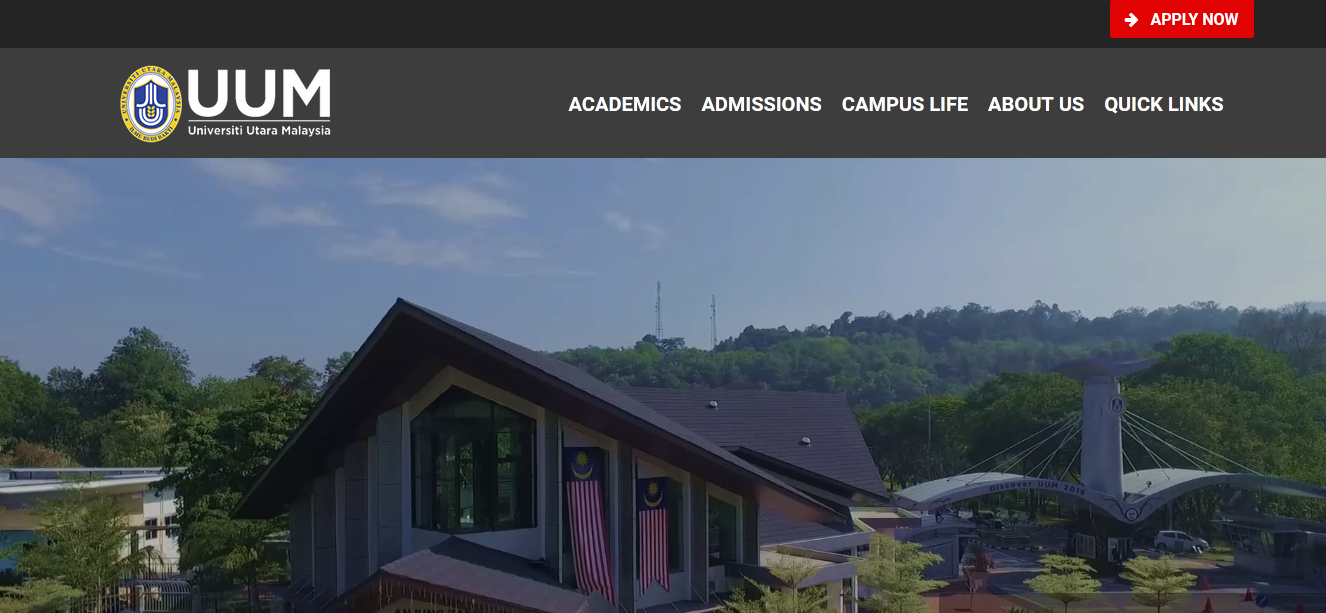
Universiti Utara Malaysia is a public university established in 1984. Its initial specialisation was management education. This has remained a strong focus at UUM.
The university is divided into three main colleges: UUM College of Business, UUM College of Arts and Sciences and UUM College of Law, Government and International Studies. Its research focus is in eight areas: economic and financial analysis, entrepreneurship, consumer and market analysis, business leadership and innovation, information and media management, national resilience and nation building, and governance and international studies. Students and staff constantly participate in innovation competitions in Malaysia and abroad.
Most undergraduate programmes are taught in English, and students are expected to pass a test to prove their proficiency in English. You must also learn the Malay language during your degree, and will be tested on it at the end of your course.
Its main campus is Sintok Campus. Situated by the rivers Sungai Sintok and Sungai Badak, the campus relishes in green space. Students and staff live on campus. In addition, there is an inn and a hotel for visitors. Its wide surface includes facilities such as a picnic area, a nine-hole golf course, a go-kart circuit, a shooting and archery range and an equestrian site. The campus is located in the small town of Sintok, in the Kubang Pasu District, Kedah, Malaysia. If you want to go for a big night out, Alor Setar – the capital city of Kedah, is 50 kilometers away.
Follow us on Facebook, Twitter, Linkedin.








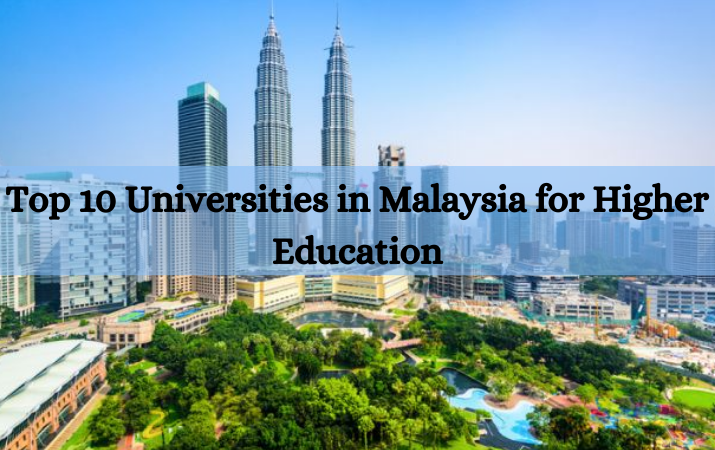
This website really has all the information I needed
about this subject and didn’t know who to ask.